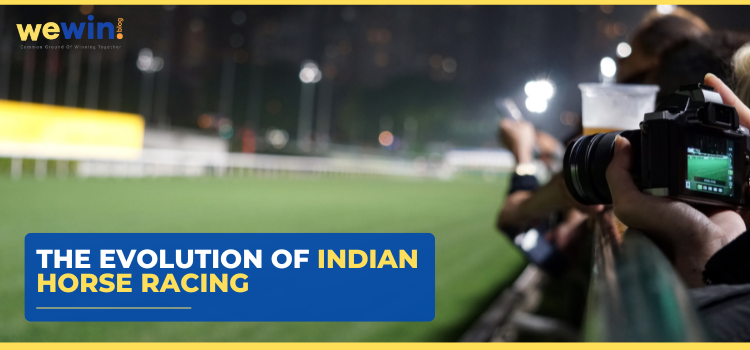Modern accounts of horse racing in India stipulate that the sport began 200 years ago, but there are reliable records of races being held as far back as 300 years ago. Either way, the sport became consolidated with the arrival of the British in India, with the first race course set up in 1777 in Tamil Nadu’s Chennai capital (then known as Madras). More and more racecourses mushroomed in the country as the colonizers occupied more areas, and with the courses came famous races, horses, and equestrians. The British chose Calcutta as their capital, which ensured that Calcutta also became India’s de facto horse racing headquarters.
Whenever one thinks of horseracing, their mind understandably drifts to the Royal Ascot, the world’s most iconic racetrack and Britain’s most valuable race meeting. However, horse racing in India has always been a significant thing and continues to be so. As a sport deeply ingrained in the culture, many Indian people turn up as spectators to the races, and the horses and their muscled animals kick up not only grass and dust but also plenty of betting action. It’s also important to mention that only Indian purebred stallions are allowed onto the tracks – that’s how much pride Indians have in their horse racing heritage.
Indian Horse Racetracks
To date, there are eight major racetracks in India, governed and maintained by six horse racing authorities:
- Kolkata Racecourse, managed by the Royal Calcutta Turf Club. This is the largest racecourse in all of India.
- The Royal Western India Turf Club manages Mahalaxmi Racecourse. This beautiful, oval-shaped course spans 225 acres of open land in the heart of Mumbai.
- The Royal Western India Turf Club also manages Pune Racecourse. This course is 2.8 kilometers long and also features a jogging track. The racecourse hosts thoroughbred races annually from July to October.
- The Madras Race Club manages Guindy Racecourse. This is the oldest racecourse in the country.
- The Madras Race Club also manages Ooty Racecourse. This racecourse is mostly focused on annual Indian summer horse racing.
- Bangalore Racecourse, managed by the Bangalore Turf Club. This is another oval-shaped track that’s considered one of the best in India, stabling more than 1000 horses.
- The Bangalore Turf Club also manages Mysore Racecourse. This track is the home of the famous Mysore Derby.
- The Hyderabad Race Club manages Hyderabad Racecourse. This racecourse hosts the Deccan Derby.
Horse Racing Betting Opportunities In India
Interestingly, India is not and has never been a pro-betting country. However, given how important horse racing has been to one of the world’s largest nations, horse racing betting is 100% legal, and this has held true since the sport’s inception. This means a horse racing punter in India is bound to enjoy competitive betting odds due to a strong presence of local betting providers and a mob of international sportsbooks also vying for Indian users’ patronage. Regarding betting opportunities, the famous aforementioned horse races in India, such as the summer series and Indian, Deccan, and Mysore Derbies, provide plenty of betting action to add to the regular races held on most weekends. To bet, all a punter must sign up with a suitable sportsbook, identify the horse racing event, pick the betting market, and place their wager using a suitable stake. As ever, gambling must be done responsibly and enjoyably.





